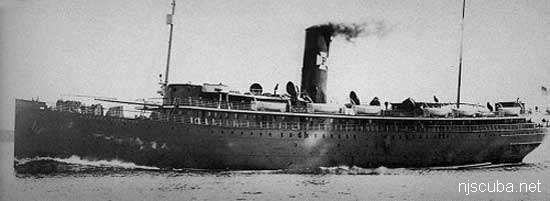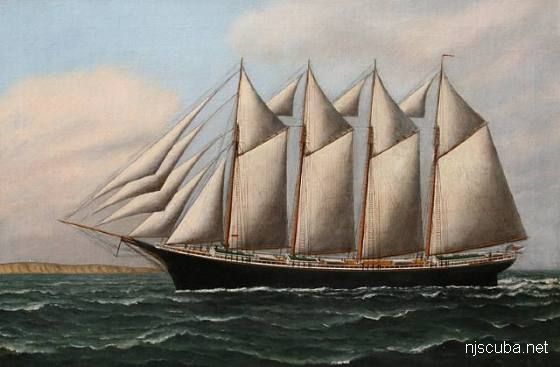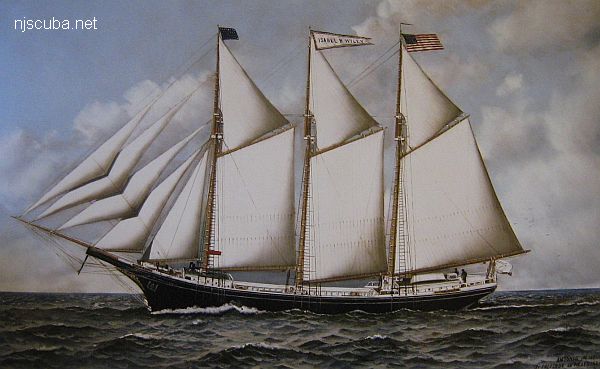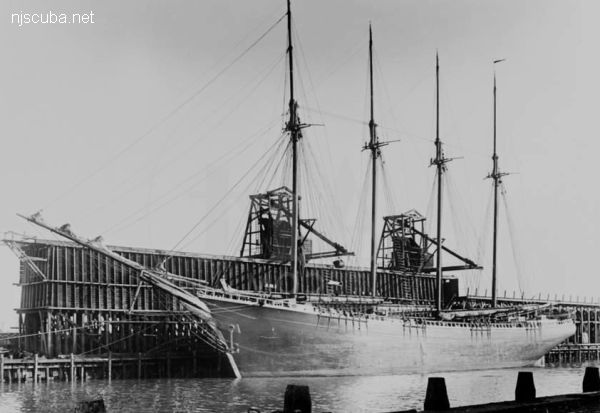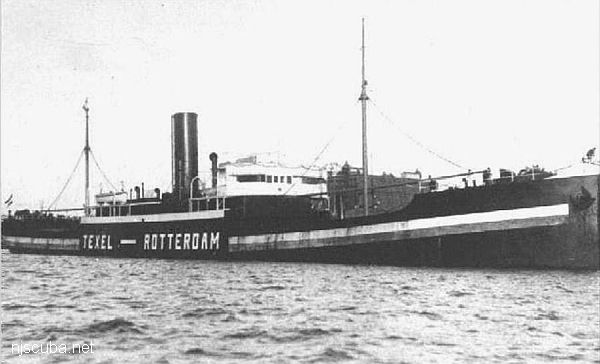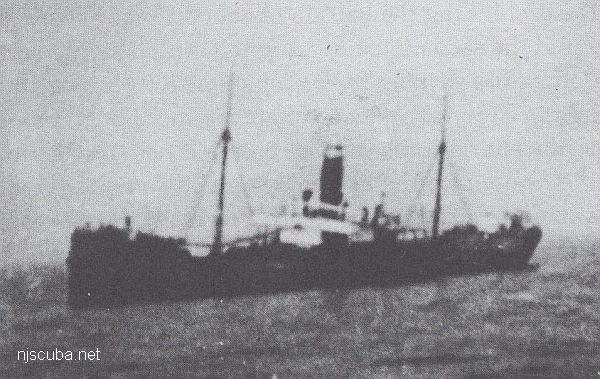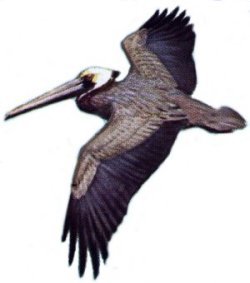Black Sunday (1/3)
U-151's path from Isabel B Wiley to Carolina
The U-151 was the first German U-boat to operate in U.S. territory in World War I. The U-151 is not actually sunk in these waters ( it was sunk deep off Virginia after the war, ) but it did "contribute" the following six shipwrecks, all on the same day, Sunday, June 2, 1918:
- schooner Isabel B. Wiley, 776 tons - bombed, 7:50 AM
- freighter Winneconne, 1869 tons - bombed, 9:12 AM
- schooner Jacob M. Haskell, 1798 tons - bombed, 12:00 AM
- schooner Edward H. Cole, 1791 tons - bombed, 4:00 PM
- freighter Texel, 3220 tons - bombed, 5:20 PM
- passenger liner Carolina, 5017 tons - shelled, 7:20 PM
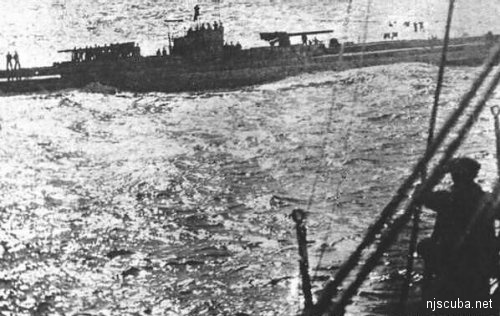
The following day, the tanker Herbert L. Pratt ( 7125 tons) struck a mine laid in the area by the U-151 but was salvaged. The total casualties for all seven vessels was only 13, amazing considering that 448 persons were imperiled and over 21,500 tons of shipping was damaged or destroyed. The 13 casualties that did occur were the result of a capsized lifeboat, not hostile action by the U-boat.
The captain of the U-151 could afford to act in such a chivalrous manner for several reasons. U-151 was the first U-boat ever to operate in US waters during WW I. Wireless radio technology was still at a primitive state, and anti-submarine patrol aircraft were unheard-of. This gave the submarine the advantage of surprise, and the luxury of being able to operate on the surface, and allow time for each victim's crew to escape before finishing the attack.
The U-151 sank a number of other vessels off the coast of Virginia before returning safely to Germany. After WWI it was brought to America and finally sunk in bomb tests. In WW II, submarine warfare was considerably deadlier, both for the U-boats and their victims. While the U-151 is not a dive site itself, there are at least three WW II U-boats and several American submarines in the area.

